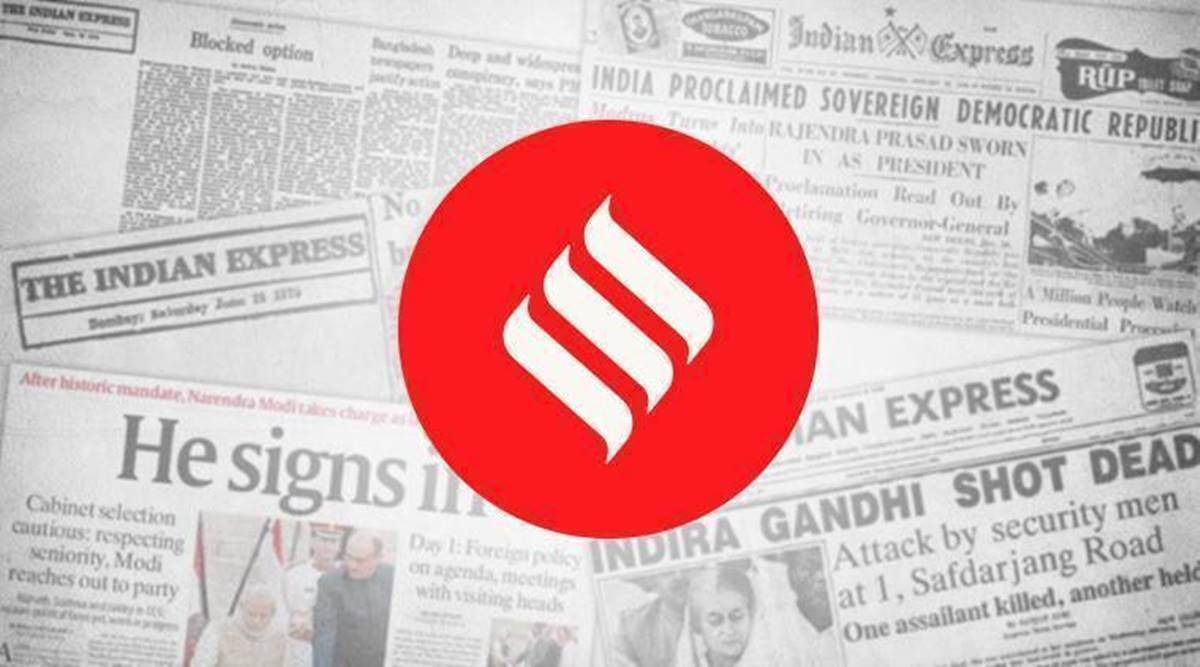 Next year, the government expects direct taxes to grow at 13.6 per cent, while indirect taxes are pegged to grow at a mere 5.7 per cent.
Next year, the government expects direct taxes to grow at 13.6 per cent, while indirect taxes are pegged to grow at a mere 5.7 per cent. The Union budget numbers indicate that the government has once again chosen to be conservative in the assumptions it has made for estimating its fiscal position. To begin with, it has assumed a nominal GDP growth at 11.1 per cent in 2022-23. This seems cautious, considering that the Economic Survey, tabled a day earlier, had pegged real GDP growth at 8-8.5 per cent. In a similar vein, for the upcoming financial year, it has estimated tax collections to grow even lower than nominal GDP growth — gross tax revenues are pegged to grow at just 9.6 per cent. Even for the last quarter (January-December) of this year, the government appears to have been rather cautious in its estimation of revenue receipts. Based on tax collections in the first nine months of the year (April to December), and the revised estimates for the full year, it appears that the Centre has budgeted for tax collections to fall in the last quarter. If collections this year outstrip the revised estimates, it will make the task of achieving next year’s targets even less challenging. These relatively safe assumptions will act as inbuilt buffers against any unforeseen events.
Next year, the government expects direct taxes to grow at 13.6 per cent, while indirect taxes are pegged to grow at a mere 5.7 per cent. Slower growth of the latter is largely on account of excise collections estimated to fall from the levels observed in the current year, presumably due to the cuts in fuel taxes. Under non-tax revenue, the government expects lower dividends from public sector enterprises, as well as transfers from the RBI. Telcos are expected to fork out Rs 52,806 crore mainly on account of licence fees and spectrum usage charges, with a part likely to accrue from the proceeds of the 5G spectrum auctions. The disinvestment target too has been cut down to Rs 65,000 crore in 2022-23, down from expectations of garnering Rs 78,000 crore in 2021-22.
On the expenditure side, even as the Centre’s capital expenditure has been budgeted to grow at 24.4 per cent (more has been allocated for housing, railways and roads), its revenue expenditure is projected to grow barely by 1 per cent. As a consequence, spending on items has been restricted. The subsidy bill has been pruned, and allocations to schemes such as MGNREGA have been cut. And while education has seen an uptick, the health expenditure remains at almost the same level. What has increased is interest payments. With the Centre’s borrowings having risen sharply, so has its interest outgo — interest payments now account for 23.8 per cent of total expenditure, up from 19.4 per cent in 2020-21. Considering that the general government debt is around 90 per cent of GDP, it is disconcerting that not much attention has been given to the medium-term fiscal roadmap.
- The Indian Express website has been rated GREEN for its credibility and trustworthiness by Newsguard, a global service that rates news sources for their journalistic standards.

